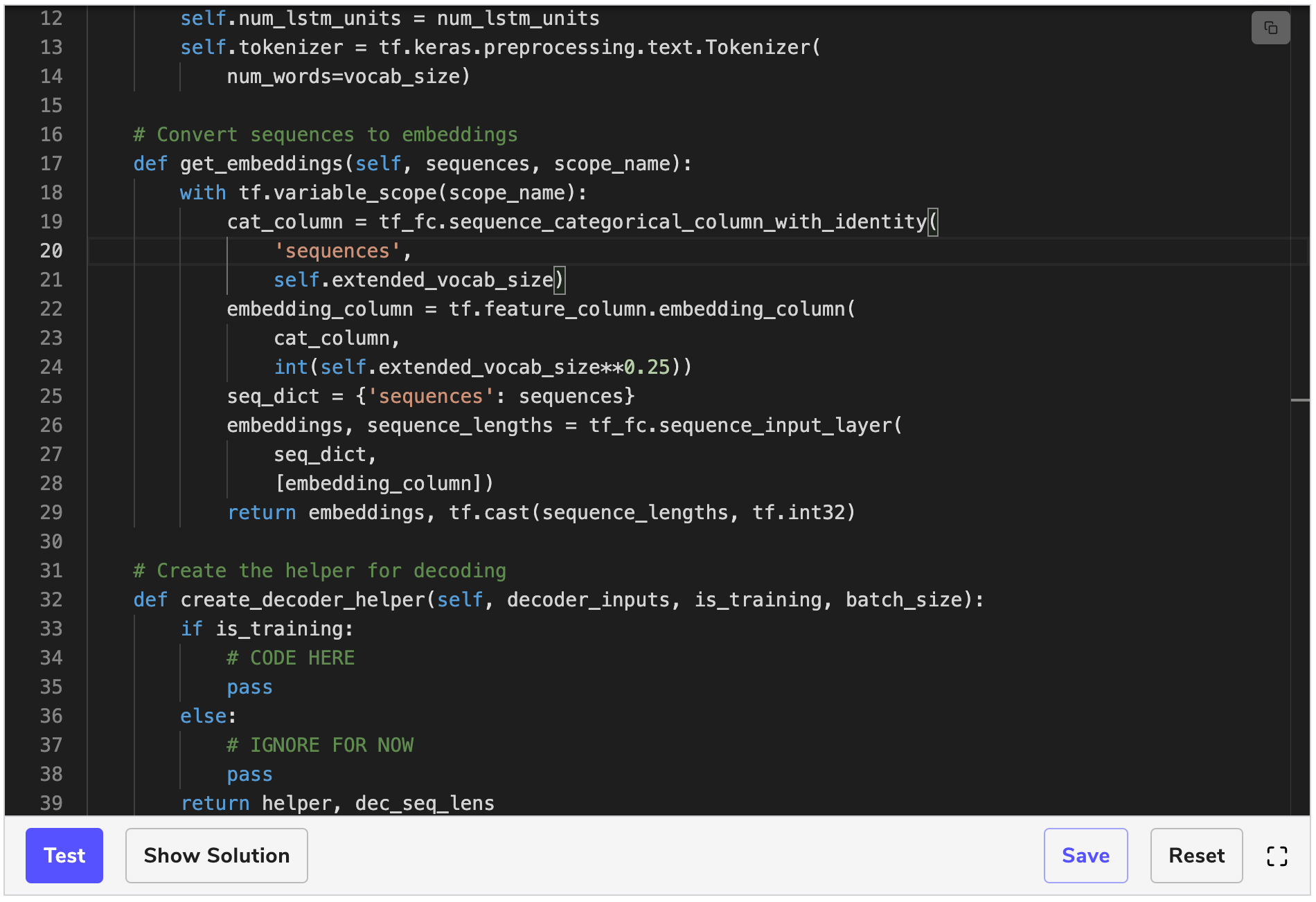In 2020, a survey conducted by McKinsey & Company revealed that 87% of respondents expected to see a skill gap within the next five years, while 43% of those respondents were already experiencing the effects of a skill gap. So how are companies addressing these concerns?
With the rapid digitization of remote work, companies began heavily investing in reskilling and upskilling their workforces. 69% of respondents communicated increased spending in skill-building than before COVID-19.
Upskilling fills the skill gaps your organization faces in the present and prepares your organization for success in the future. So how do you form your organization’s perspective on upskilling and develop an upskilling habit? Here’s what we’ll cover today.
- Address Communication Gaps
- Use Tested Tools and Methods
- Create Spaces of Practice
- Establish a System of Accountability
Address Skill Gaps on your team
When it comes to tech learning, one size doesn’t fit all. Upskill your team with our hands-on software courses. Educative Teams
Address Communication Gaps#
Start your journey in making upskilling a habit by addressing any communication gaps between your teams. Acknowledge all the teams involved with creating a learning initiative and create communication channels between all teams.
Here are the likely teams involved with developing an upskilling initiative:
- Company leadership
- Learning and Development professionals
- Engineering Team Manager
- Engineering Team
Transparency between teams helps generate trust between different departments and makes upskilling an organizational effort rather than an individualized task. Use your communication channels to address any differences in terms of language.
Here’s how to start the conversation within these communication channels:
- Start by addressing skill gaps the company may need to fill
- Put your people first and address any concerns they have while communicating upskilling as an investment in your teams. Remember that progress starts with your people, so place their needs first.
- Assess the bandwidth of your team and if there are any internal subject-matter experts
- Start searching for external resources or platforms that align with your subject-matter
Use Tested Tools and Methods#
Once your organization has decided to move forward with an upskilling initiative using external sources, look for tried and tested tools.
Many learning tools cover a breadth of soft and hard skills, so finding a learning platform best suited for your organization can be difficult. Visually attractive platforms can also contribute to motivating your learners to continue using your chosen platform.
Here’s how to start your search:
-
Look for learning platforms with a proven track record of learners specifically tailored for your team
-
Communicate leadership support for your chosen learning platform to your team
-
Receive feedback from your team and adjust your search as needed
Create Spaces of Practice#
With any new skill, find ways for your engineers to practice. Repetition and hands-on environments develop skills faster and improve overall performance. Practice breaks down any passive learning and actively engages your learner. For example, take a look at our built-in learning environment that provides both learning content and practice.
#include <iostream>using namespace std;int main() {// your code goes herecout << "Hello World";return 0;}
Built-in learning environments speed up refining a new skill because your engineer stays on one platform for all their upskilling needs. Mentally, it keeps your learning process focused and on track. Meanwhile, video-only learning platforms waste valuable time when your engineer flips between various mediums to practice.
When creating spaces of practice, consider implementing these two principles with your team:
1. Diligence: Make the time for upskilling practice an essential responsibility for your team. Incorporate uninterrupted time for your engineers to focus on their learnings. This communicates your organization’s message to keep upskilling a significant focus of the company and not an individualized task.
2. Consistency: Develop a cadence for upskilling practice. To move upskilling from a sporadic endeavor into a habit, your organization should support a consistent time devoted to your engineers’ upskilling.
Give your engineering team hands-on practice with Educative Teams.#
Educative Teams empowers you to build learning environments tailor-made for software developers that will help your team stay on the cutting edge. Gain team access to new courses every week as well as completion certificates, mini-courses, and more.
Establish a System of Accountability#
Create a system of mentorship and accountability to develop a culture of learning within your teams. Encourage team leaders to position themselves as training advocates to follow up on their team’s upskilling progress.
A culture of mentorship helps build two layers of accountability within your teams. The first layer consists of building up subject-matter experts in your organization, and the second layer consists of team members benefiting from upskilling through courses and internal guidance.
L&D leadership can’t keep all team’s learning progress in check, so build time into one-on-ones for leaders to check on their team’s upskilling progress.
Accountability comes with a three-step iterable process.
1. Ask a question: The purpose of your question is to gauge your team member’s progress and learnings.
2. Open space for questions: The purpose of answering any questions is to unblock your team member in their learning process or accelerate their progress. It’s also space for your team member to express any opinions on their learning paths.
3. Create a goal: The purpose of creating a plan is to track progress and encourage growth. Educative Teams holds trackable certifications and learning progress to keep the whole team motivated and on the same page.
Wrapping up#
Making upskilling a habit takes time and support from across your organization. It needs to be a transparent process so that your engineers feel their needs are being met first and that all departments are on the same page. To summarize, upskilling starts with clear communication and then finds tested platforms or methods best suited for your team. Developing upskilling into a habit takes consistent and diligent practice with continued support from leadership as accountability.
Happy learning!
Continue reading about upskilling your team:#
Free Resources
